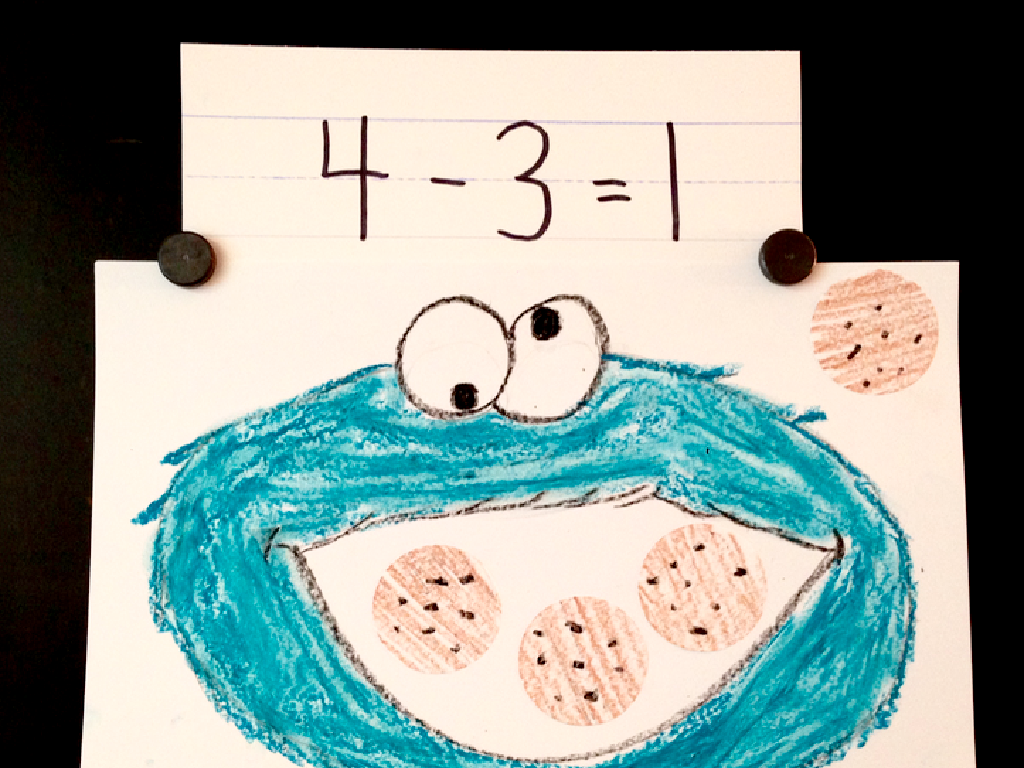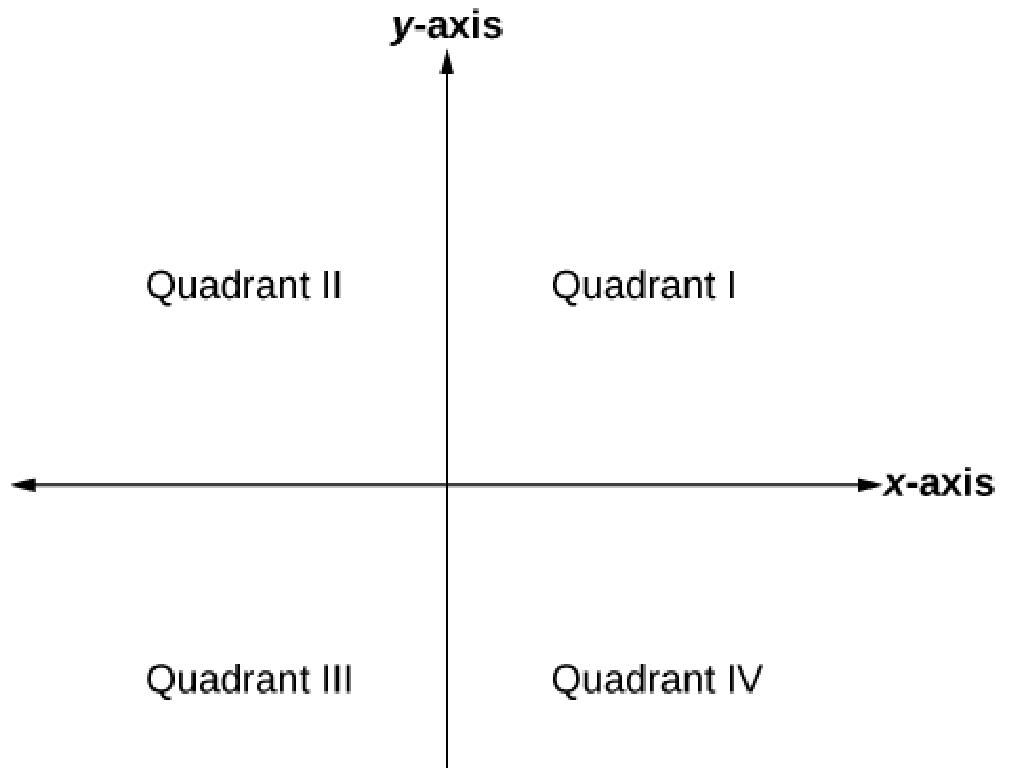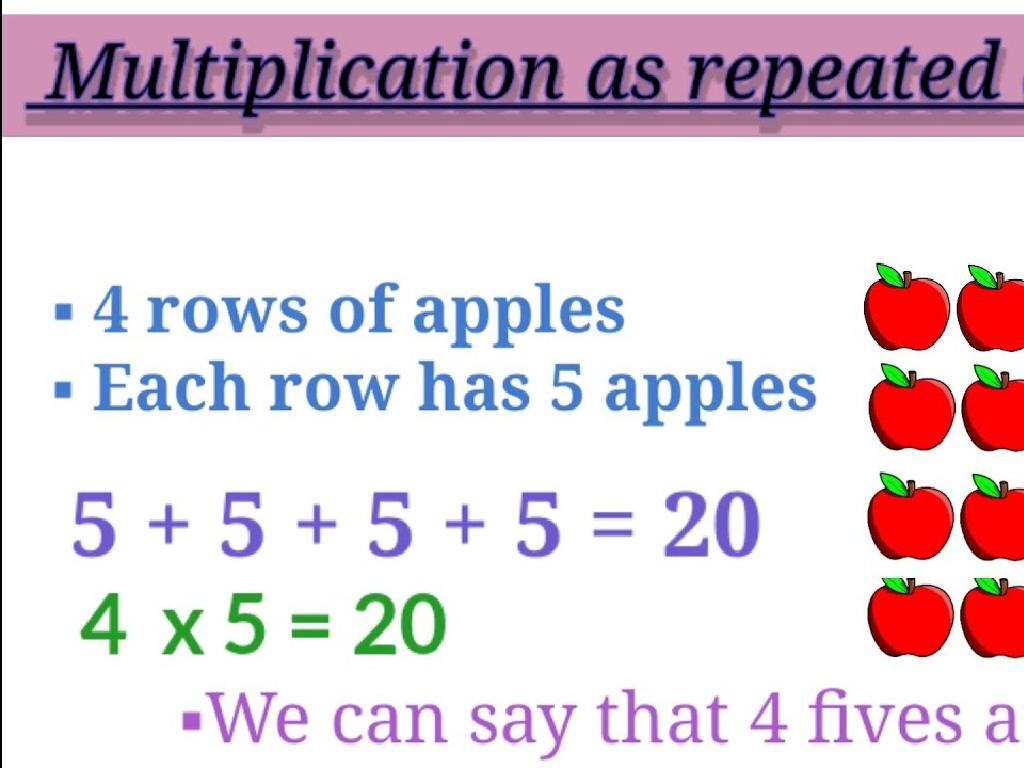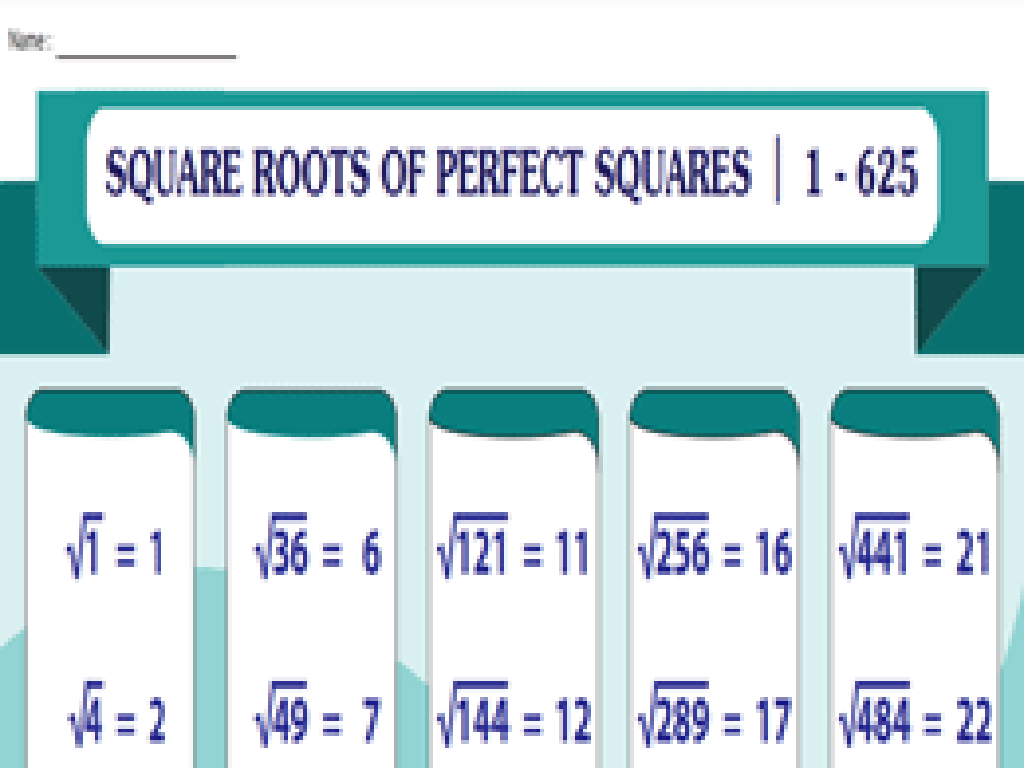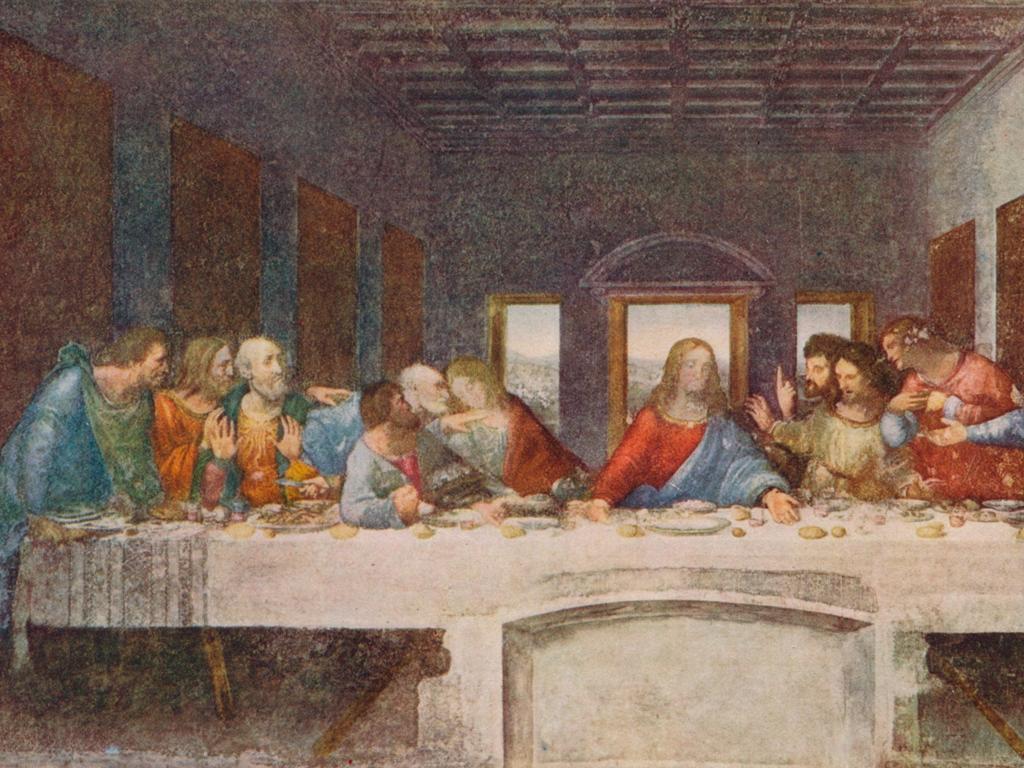Compare Ancient And Modern Organisms: Use Observations To Support A Hypothesis
Subject: Science
Grade: Fourth grade
Topic: Fossils
Please LOG IN to download the presentation. Access is available to registered users only.
View More Content
Welcome to the World of Fossils!
– What are fossils?
– Fossils are remains of ancient life, like bones or imprints.
– Fossils: A glimpse into the past
– They show us what creatures lived long ago and how they lived.
– Comparing ancient and modern life
– We’ll look at how ancient organisms are similar or different from today’s.
– Forming a hypothesis
– Using observations, we’ll make guesses about these organisms.
|
This slide introduces students to the concept of fossils and their significance in understanding the history of life on Earth. Fossils, which can be bones, shells, or even traces like footprints, provide evidence of organisms that lived millions of years ago. By comparing these ancient remains to modern organisms, students can observe evolutionary changes and continuities. Today’s class will focus on observing fossils and living organisms to form hypotheses about their similarities and differences. Encourage students to think like scientists and use their observations to support their ideas. This activity will help them understand the scientific method and the importance of evidence in forming conclusions.
Exploring Fossils: Ancient Clues
– What exactly is a fossil?
– Fossils are remains of ancient life preserved in rock.
– Discovering types of fossils
– Imprints, amber, petrified wood are some fossil types.
– Formation process of fossils
– Layers of sediment cover remains, which then harden into rock.
– Fossils: A window to the past
|
This slide introduces the concept of fossils to fourth-grade students. Begin with a simple definition of fossils as the preserved remains or traces of ancient organisms. Explain that fossils can come in various forms, such as imprints of plants or animals, insects trapped in amber, or wood that has turned into stone (petrified). Discuss the fossilization process, emphasizing that it takes a very long time and occurs under specific conditions. Highlight that fossils help scientists learn about life on Earth long ago, acting as a historical record. Encourage students to think about how different the world might have looked when these organisms were alive.
Exploring Ancient Organisms
– Ancient organisms like dinosaurs
– Dinosaurs roamed Earth millions of years ago
– Traits of ancient life forms
– They had unique features like scales and long tails
– Ancient Earth’s environment
– Earth was warmer, with vast forests and swamps
– Comparing ancient and modern life
|
This slide aims to introduce students to the concept of ancient organisms and how they differ from modern life. Start by discussing examples like dinosaurs, which are well-known and can capture the students’ imagination. Highlight the distinct characteristics of these ancient creatures, such as their size, features, and the types of fossils they left behind. Discuss the environment of ancient Earth, which was very different from today, with warmer climates and different landscapes. Encourage students to think about how these factors influenced the organisms living at that time. Finally, guide students to compare these ancient organisms with modern ones, considering how changes in the environment might have led to evolution. This comparison will help them understand the concept of adaptation and the dynamic nature of life on Earth.
Modern Organisms vs. Ancient Ones
– Examples of modern organisms
– Think of animals like birds, fish, or dogs
– Differences from ancient organisms
– Modern animals may be larger or more complex
– Adaptations to current environment
– Changes that help survival in today’s world, like camouflage or speed
|
This slide aims to help students compare modern organisms with their ancient counterparts, focusing on examples, differences, and adaptations. Start by discussing familiar modern organisms, such as pets or local wildlife. Highlight key differences between these and ancient organisms, such as size, complexity, or habitat changes. Discuss adaptations that modern organisms have developed to survive in current environments, like camouflage in insects or the speed of cheetahs. Encourage students to think about how these adaptations might have come about and what environmental pressures could have influenced these changes. This will help them understand the concept of natural selection and evolution.
Observations and Hypotheses in Fossils
– Understanding observations
– Observations are details we notice using our senses
– Defining a hypothesis
– A hypothesis is a smart guess about why or how things happen
– Forming hypotheses from observations
– We use what we see (observations) to make a hypothesis
– Comparing ancient and modern organisms
– Look at fossils and living creatures to see differences and similarities
|
This slide introduces the foundational concepts of scientific investigation: observations and hypotheses. Begin by explaining that an observation is something we notice, see, hear, touch, taste, or smell. Then, define a hypothesis as an educated guess based on observations. Discuss how scientists, like detectives, use clues (observations) to form hypotheses. Encourage students to think like young scientists and use their observations of the world around them to make hypotheses. For example, comparing the structure of dinosaur fossils to birds today to hypothesize about their relationship. This will set the stage for understanding how we can learn about ancient organisms by studying fossils and comparing them with modern organisms.
Fossils: Ancient vs. Modern Organisms
– Similar traits in old and new creatures
– Some ancient animals look like ones we see today!
– Differences reveal evolution clues
– Changes in traits show how species adapt over time.
– Case study: Horse evolution
– From small, multi-toed to large, single-toed animals.
– Observations support hypotheses
|
This slide aims to help students understand the concept of evolution by comparing ancient and modern organisms. Start by discussing the similarities between ancient and modern organisms, which can be observed in their physical traits. Then, explain how differences between these organisms can provide clues about how species have evolved over time. Use the evolution of the horse as a case study to illustrate a clear example of how a species has changed. Encourage students to think like scientists and use observations to support their hypotheses about how and why these changes have occurred.
Fossil Evidence and Evolution
– Fossils back up our guesses
– Like detectives, we use fossils to support ideas about ancient life.
– Fossils tell evolution’s tale
– Each layer of rock is like a page in history, showing us how creatures have changed.
– Activity: Create fossil imprints
– Use clay and objects to make your own fossils and see how they form.
– Hypotheses become clearer
|
This slide introduces students to the concept of using fossil evidence to support scientific hypotheses about ancient organisms. Explain how fossils can act as clues to piece together the story of how life on Earth has evolved over millions of years. For the activity, provide students with clay and various objects (leaves, shells, bones) to press into the clay and create fossil imprints. This hands-on experience will help them understand the fossilization process and how these imprints can tell us about past life. The activity should be simple and fun, allowing students to explore and make observations. Possible variations include using different materials to make imprints or comparing imprints of modern objects with pictures of actual fossils.
Class Activity: Fossil Detective!
– Examine ‘fossil’ samples
– Hypothesize on organism’s life
– Consider what the organism ate, where it lived, and how it moved
– Discuss environment clues
– Look for ‘fossil’ features that suggest habitat like water or land
– Present findings to class
|
In this engaging class activity, students will act as paleontologists, examining ‘fossil’ samples to deduce information about ancient organisms. Provide a variety of ‘fossil’ replicas or images for students to observe. Guide them to note characteristics such as size, shape, and any visible structures. Encourage them to form hypotheses about the organism’s diet, habitat, and behaviors based on their observations. Facilitate a discussion on how certain features may indicate an aquatic or terrestrial environment. Afterward, have students share their hypotheses and the evidence that supports them with the class. This activity fosters critical thinking and supports the scientific method by having students make observations, form hypotheses, and present their conclusions.
Conclusion: Fossils & Organism Comparison
– Recap of today’s fossil lesson
– Importance of comparing organisms
– Helps understand evolution & biodiversity
– Engage in questions and discussion
– Share thoughts, clarify doubts
– Reflect on what we’ve learned
– Think about the changes over time
|
As we wrap up today’s lesson, it’s crucial to revisit the key points about fossils and how they help us compare ancient and modern organisms. Emphasize the significance of these comparisons in understanding the history of life on Earth, evolutionary processes, and the rich biodiversity we see today. Encourage students to ask questions and engage in a discussion to clarify any uncertainties. This reflection time allows students to process the information and consider the impact of time on the development of species. It’s also an opportunity for them to express their hypotheses on what they think the future organisms might look like based on current trends and past changes.

